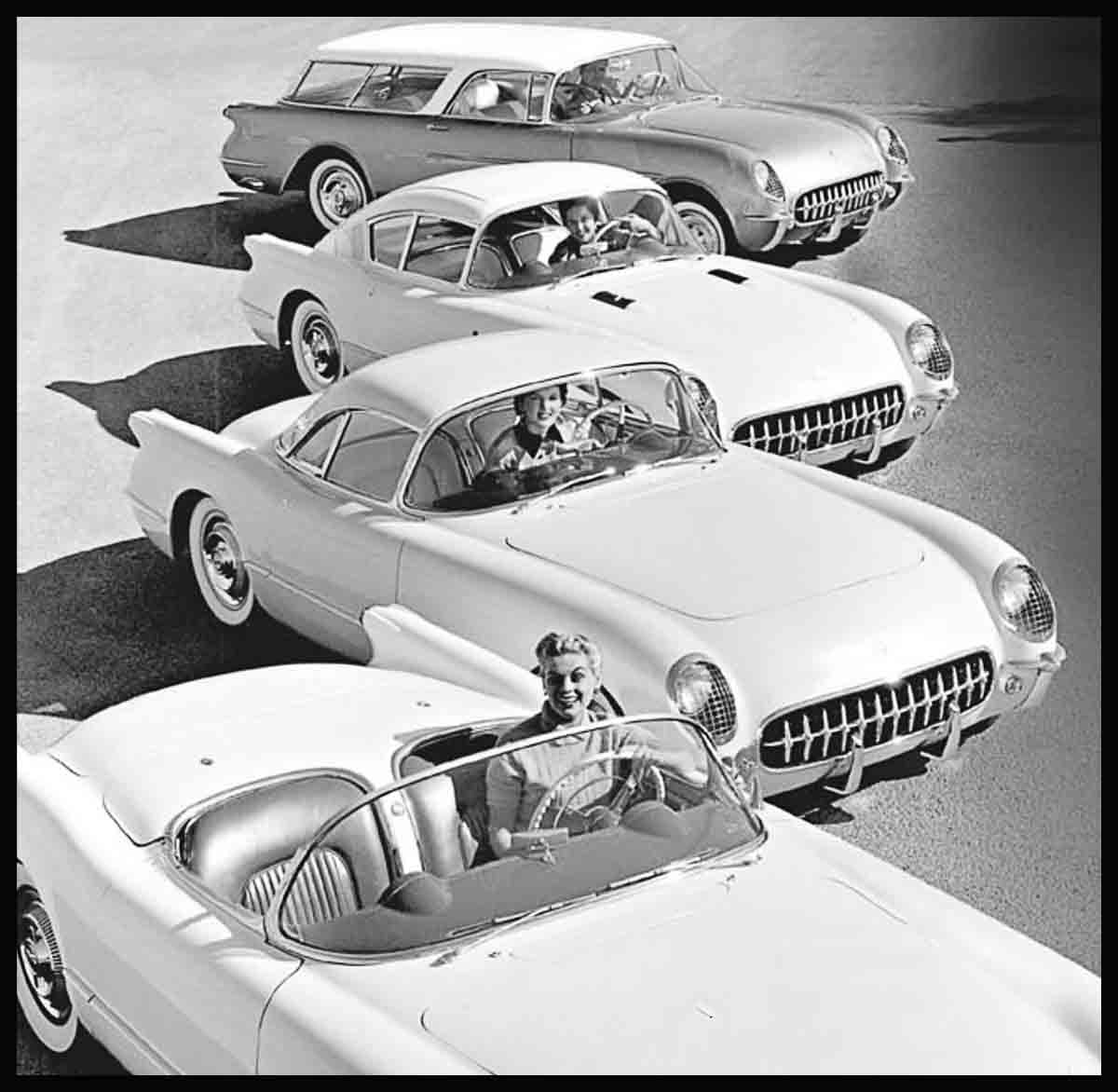
Great Marques—The Chevrolet Story
Between 1946 and 1976 Chevrolet was the bestselling brand of car in the US. After it adopted V8 engines in the 1950s, Chevrolets, like the Bel Air, Corvette, and Camaro, became synonymous with speed and power, although the range would always be enormous and all-encompassing.
“We’ve always said that there’s a little bit of Corvette in every Chevrolet, and that’s still true.”
JIM PERKINS, CORVETTE DESIGN MANAGER, SPEAKING AS THE MILLIONTH CORVETTE WAS BUILT IN 1992
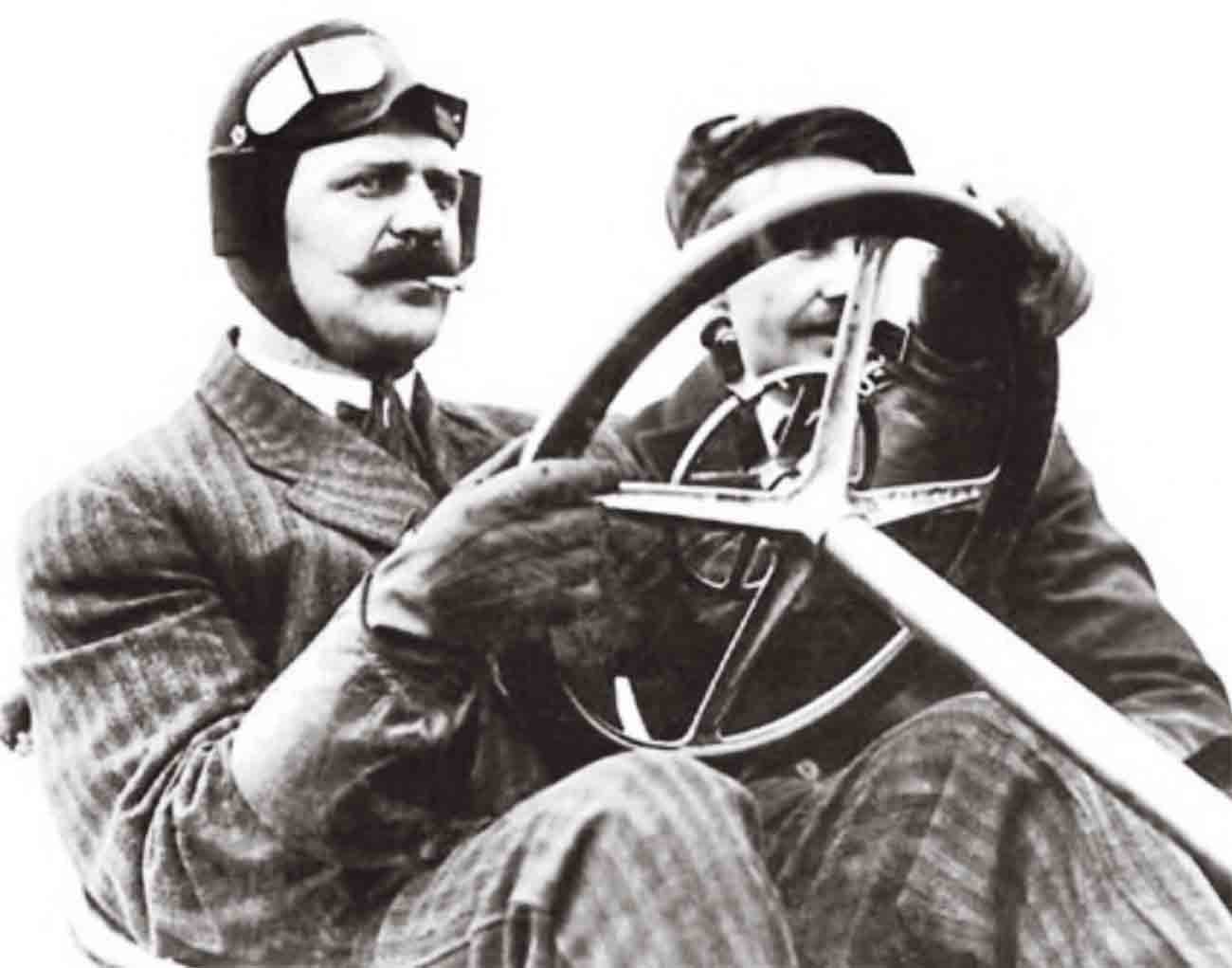
The mustachioed Swiss-born racing driver, driving goggles at the ready, is seen here in his favorite environment—behind the wheel.
THE CHEVROLET AROSE FROM the short-lived partnership between Swiss-born racing driver Louis Chevrolet and motor industry tycoon William C. “Billy” Durant, the business brains behind General Motors (GM). In November 1911 the pair cofounded the Chevrolet Motor Car Company, and a year later they unveiled a touring car whose rapid performance and 65-mph (105-km/h) top speed came from a 4.9-liter, six-cylinder engine.
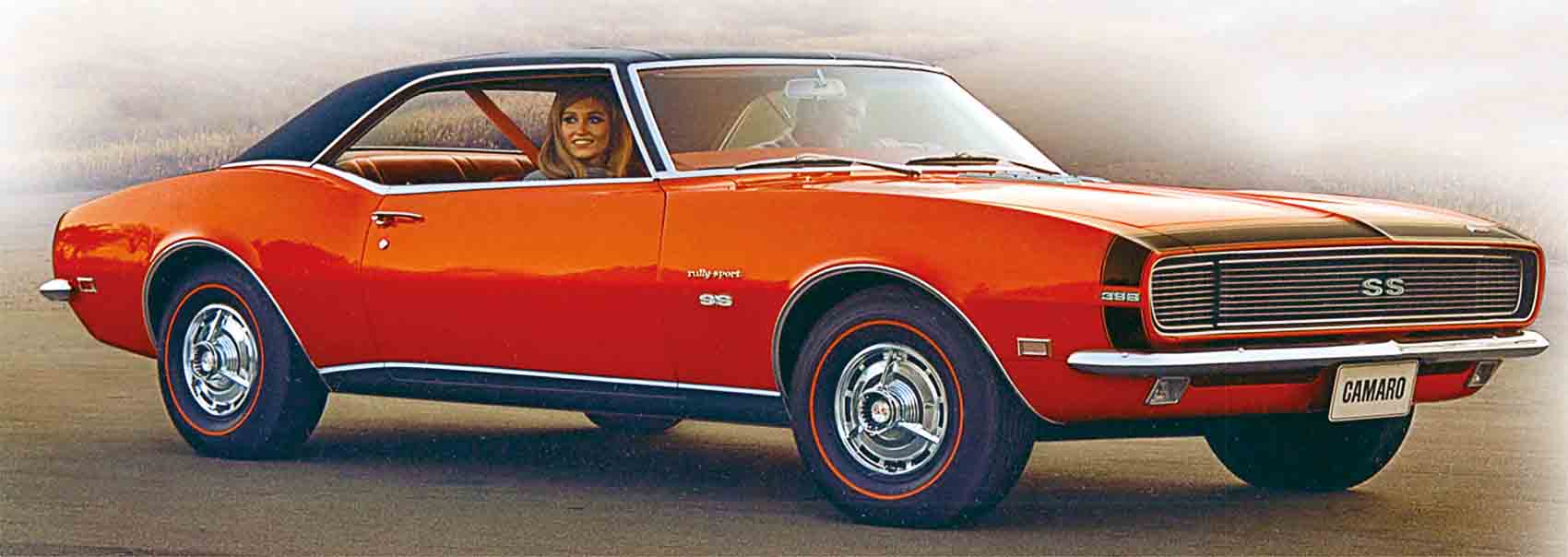
The Camaro was Chevrolet’s sporty “pony” car to rival the Ford Mustang, quickly becoming another US icon.
Durant was ousted from GM in 1910 and wanted to build another big corporation. But Chevrolet, whose dashing image the car carried, yearned to make high-performance machines developed with racing know-how. Their differences proved irreconcilable; and Durant bought Chevrolet out in 1913, and then took GM over with it. Chevrolet launched its first V8 car, the Model D, in 1918, but it was actually the robust, four-cylinder Superior of 1925, with its smart disc wheels and lustrous cellulose paint, that sent sales soaring. In 1927 Chevy sales topped a million.
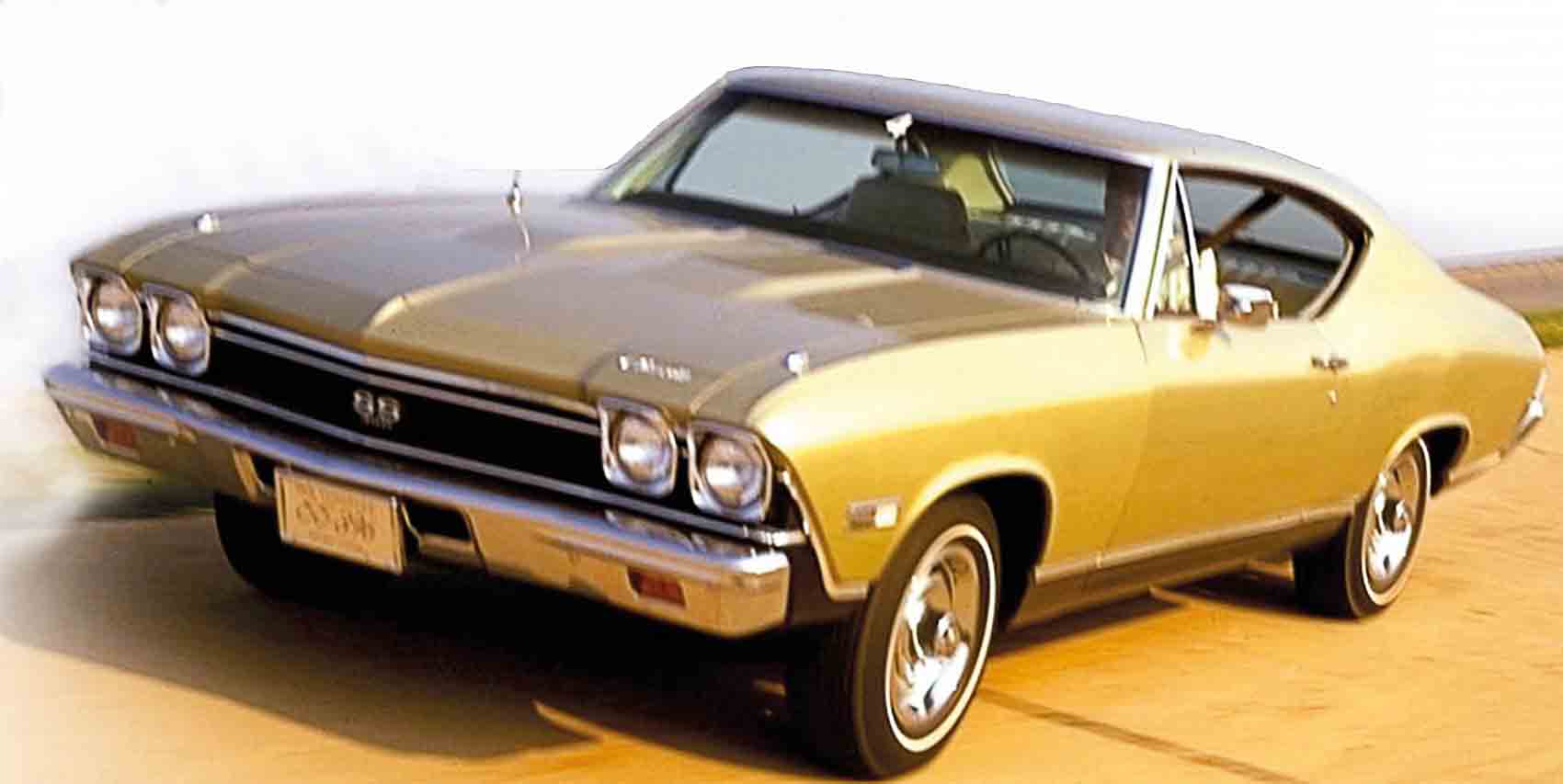
With a huge 7.4-liter V8 engine pumping out 380 bhp, this Chevelle was a muscle car totem, perfectly suited to its era.
Throughout the 1930s Chevrolet offered an ever-broader roster of cars that, by 1941, encompassed station wagons and power-top convertibles. In 1950 automatic transmission made its Chevrolet debut. Its biggest technical milestone yet came in 1955, when the “small-block” V8 engine arrived—the most successful unit of that configuration ever, with more than 100 million made. Used in countless Chevrolets, as well as by other GM divisions, the powerful and compact small-block V8 became the bedrock of American hot-rod culture for a generation.
The small V8, additionally, rescued the fortunes of the Chevrolet Corvette sports car. This ground-breaking roadster, introduced in 1953, pioneered fiberglass bodywork on a production car, but its straight-six cylinder engine rendered it a feeble machine. A small-block V8 transplant transformed it into a fiery performer, and the Corvette became an American institution.
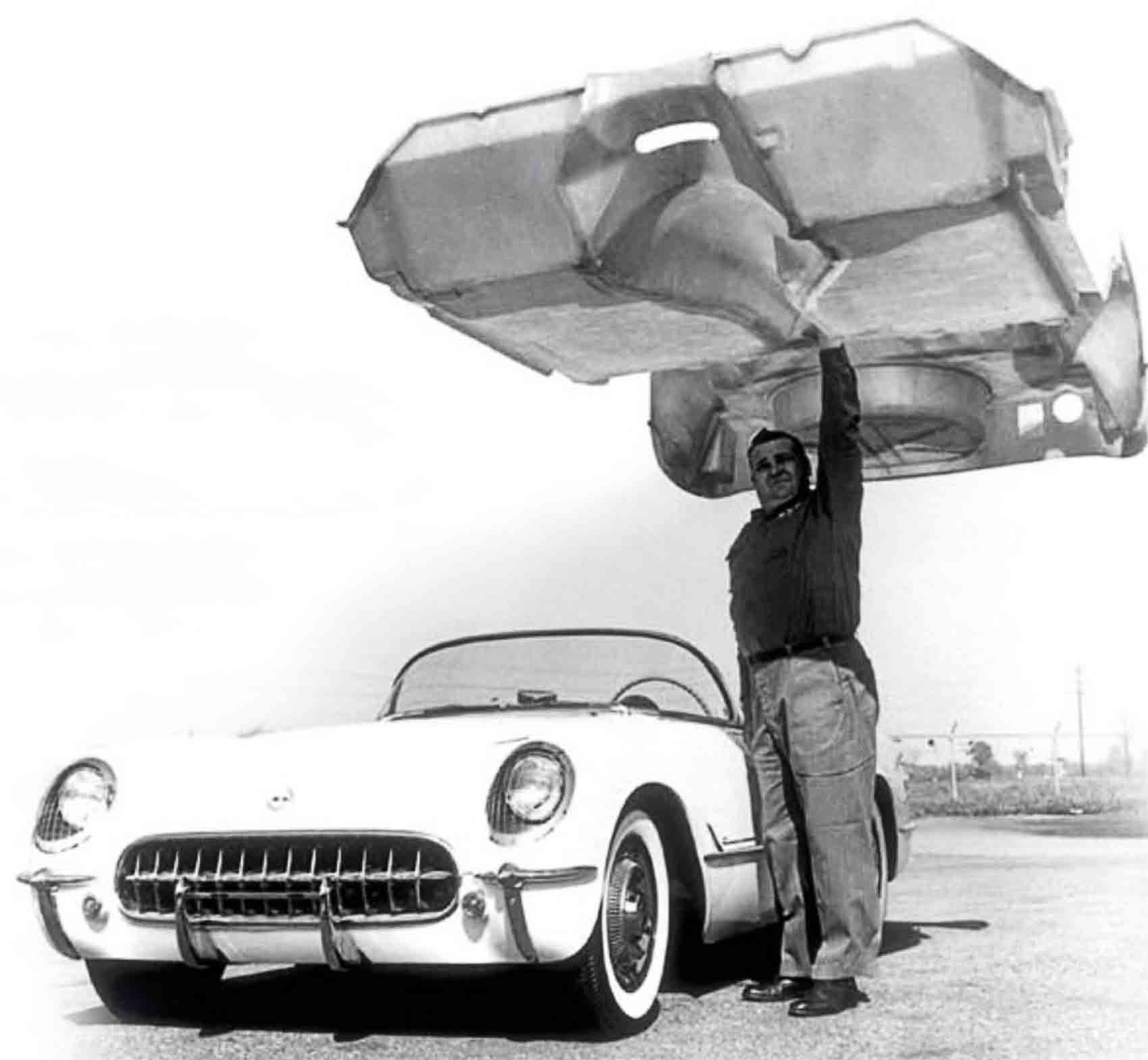
The use of lightweight glass-reinforced plastic for the body structure of the Corvette was a car industry first.
In comparison, the Corvair of 1960 was a disaster. Worried by the massive US sales of Germany’s Volkswagen, Chevrolet decided to imitate its concept. The Corvair had an air-cooled, flat-six engine, rear-mounted as in the Volkswagen, and clean, modern styling. But it was tail-heavy, leading to some alarming accidents and allegations from consumer groups that Chevrolet had launched the car while knowing it had shortcomings. As a result, US car-makers had to adopt safety measures such as seatbelts, crumple zones, and airbags.
Throughout the 1960s and 1970s Chevrolets exemplified the American car, whether it was the full-size Impala (first seen in 1958), the compact Chevelle, the stylish Monte Carlo and Camaro coupes, the El Camino pick-up, or the 4×4 Blazer. And, like other US car-makers, it suffered in the economic crises of the late 1970s and early 1980s. This led to moves such as the launch of the Chevette, Chevrolet’s edition of the GM ultracompact “T Car” in 1975, the Chevy Citation version of GM “X Car” front-wheel-drive platform in 1979, and the 1982 Cavalier spin-off of the GM “J Car”. To offer more fuel-efficient vehicles in the 1980s, Chevrolet imported small cars from Isuzu, Toyota, and Suzuki. More recently, to boost its low-emissions credentials, Chevrolet has blazed a trail for plug-in hybrid cars with its Volt.
In 2009 GM came close to bankruptcy. Its Oldsmobile, Pontiac, and Saturn divisions went. leaving Chevrolet as both its entry-level brand and also, via the latest incarnations of the venerable Camaro and Corvette, its high-performance standard-bearer.
It is a quote. The Classic Car Book – The Definitive Visual History 2016




